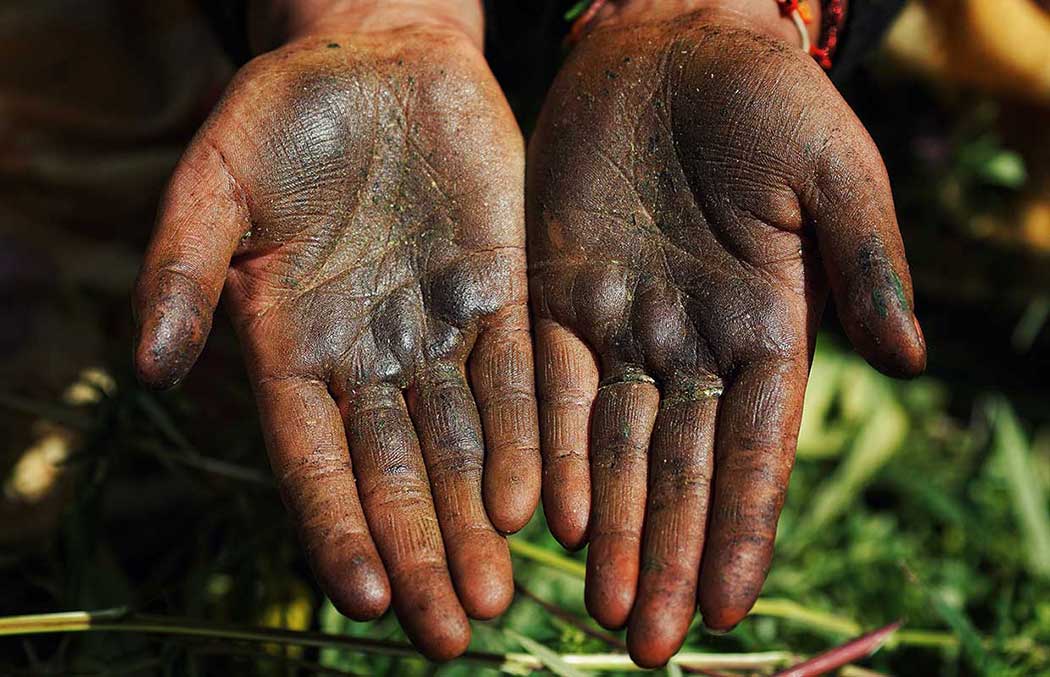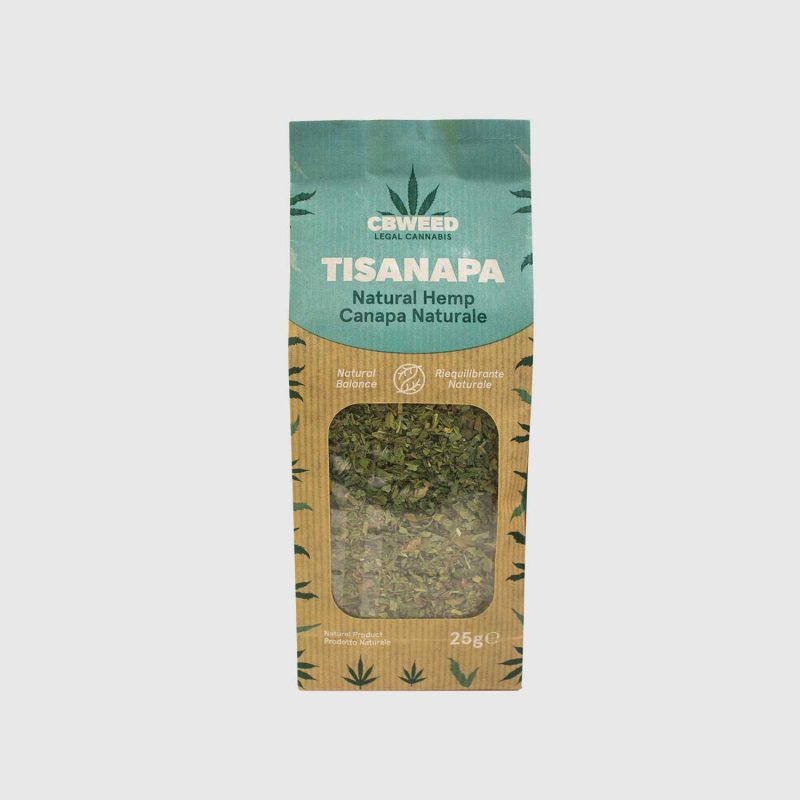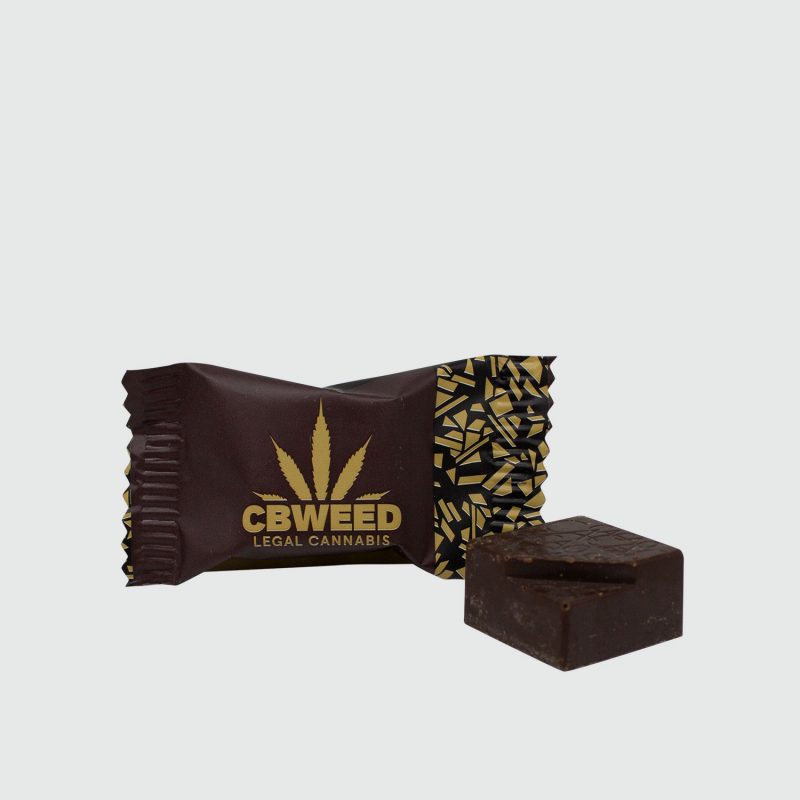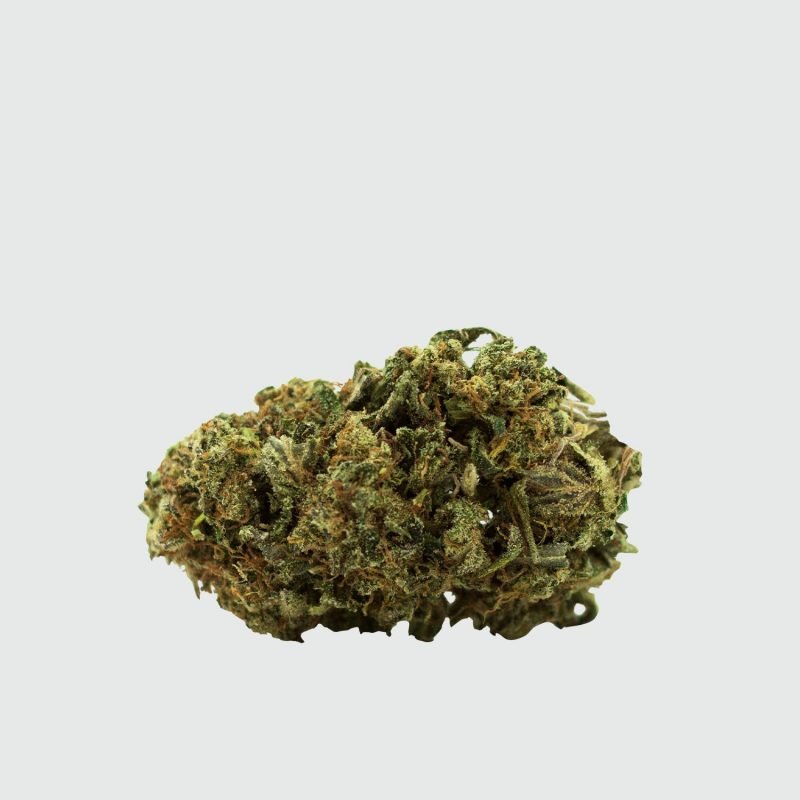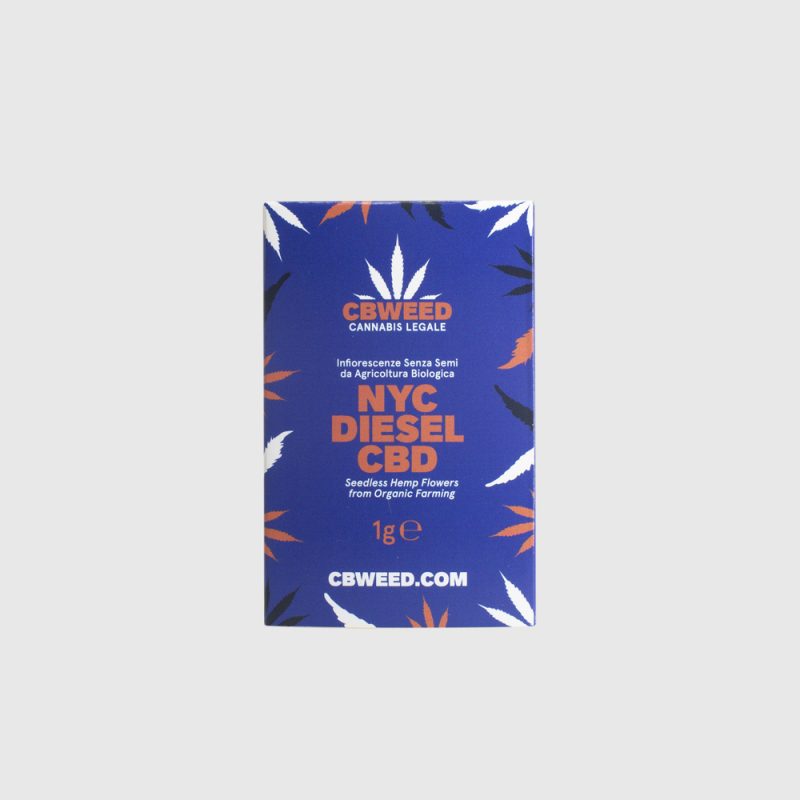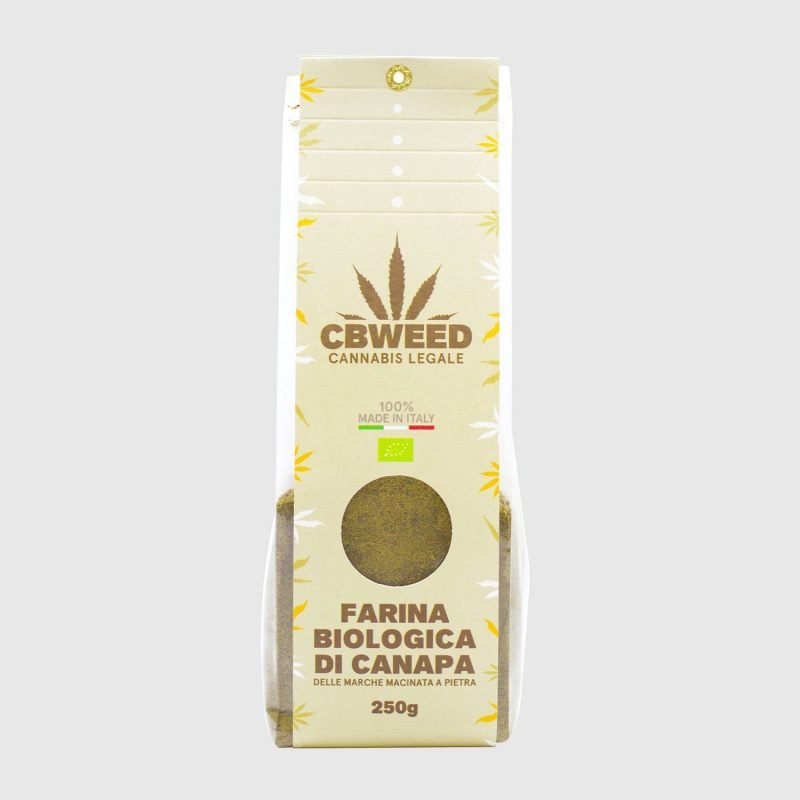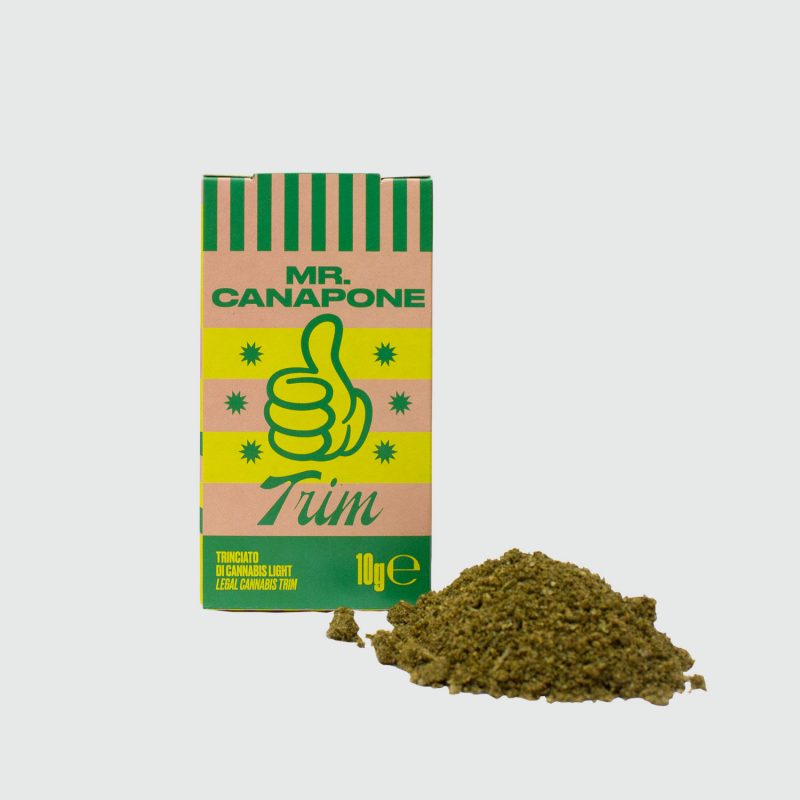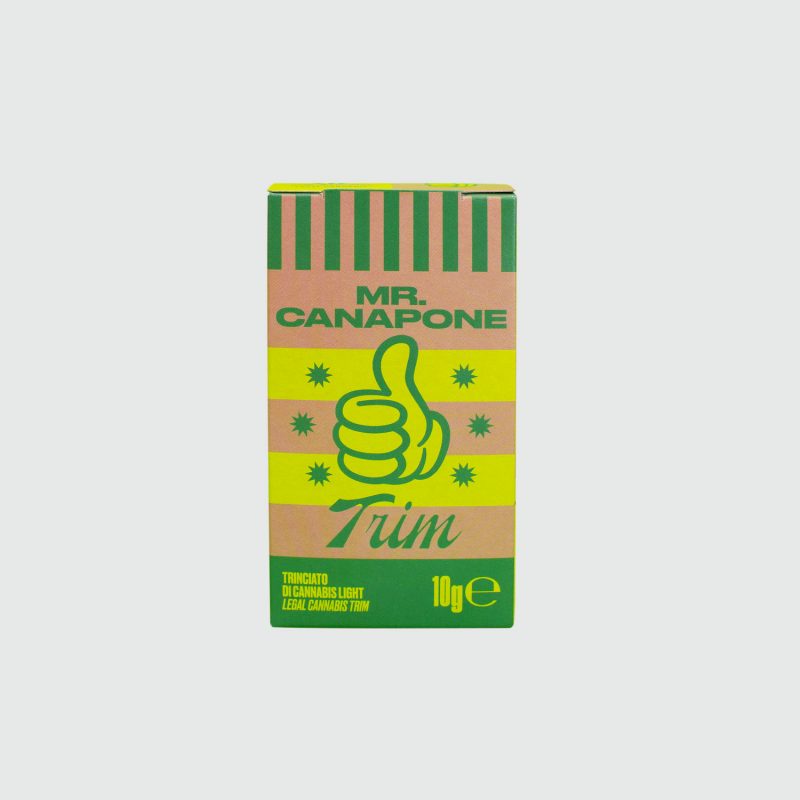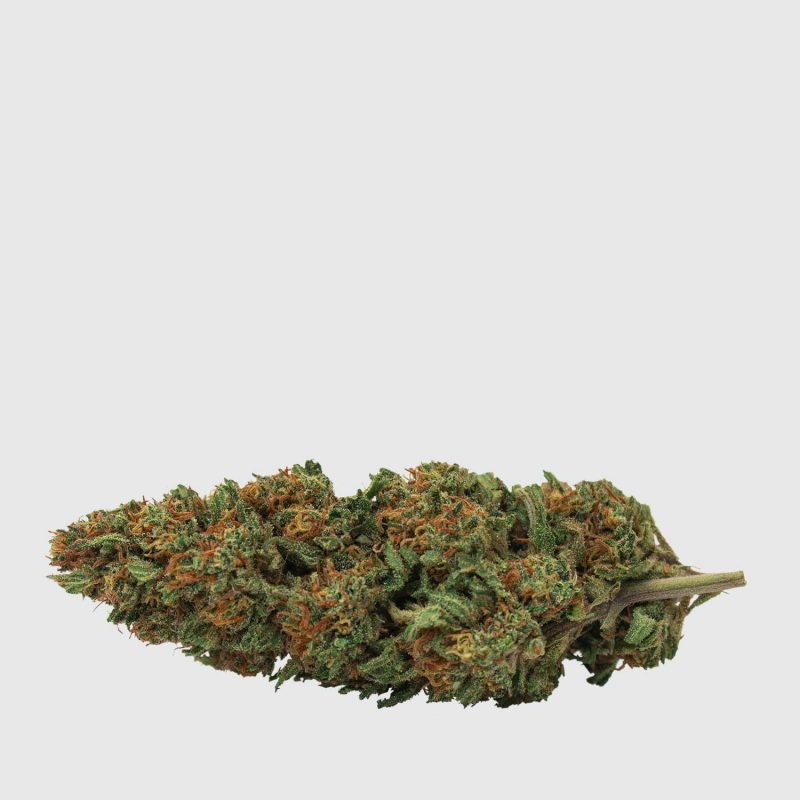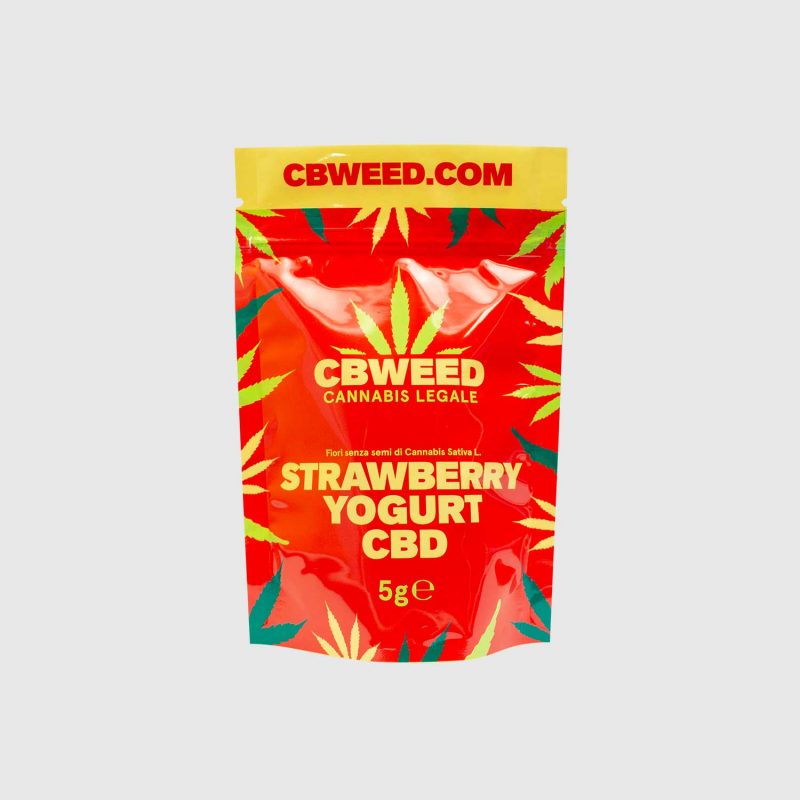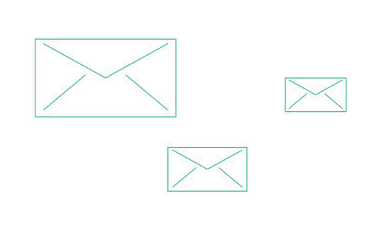Hashish: what is it and what are the differences with cannabis
There are so many possibilities to take the precious cannabinoids present in the inflorescences of the hemp plant. Consuming cannabis is certainly very common but another rather appreciated a way to stock up THC and CBD is hashish.
In this article we discuss the world of resins or hashish: what it is, what effects it produces in those who use it, how it differs from cannabis. Dulcis in Fundo we explain to you how to make it with your hands starting from the inflorescences.
Obviously, hashish (such as cannabis) with THC levels higher than those permitted by law is illegal in Italy, so this article has purely informative purposes, to satisfy the curiosity of those who have always heard of the infamous hashish and want to know something more.
First of all, to understand exactly what hashish is, it is necessary to have some knowledge of the anatomy of the hemp plant from which both cannabis and hashish are derived.
Firstly, the plants that interest us for the production of inflorescences are only female because they are the ones that develop the cannabinoid-rich peaks. So, the female Sativa hemp plants have fan-like leaves, long stems and a main apical top where the flowers grow in quantity. Inside the flowers, there are the goblets from which spurts come out and they are called pistils (which are used to collect pollen).
Initially, they are clear almost white and then they tend to become orange or purple. On the surface of the glasses together with the pistils are the trichomes, that is the part of the flower richest in cannabinoids and terpenes. Trichomes are resin crystals (also known as kief) that appear as a gleaming and sticky patina that wraps around the top, and it is precisely in the trichomes that terpenes, THC and CBD are produced in large quantities.
Compositional difference between Hashish and cannabis
The term cannabis indicates the inflorescences of the female plant, which after harvesting are harvested, tanned and dried. At this point, cannabis can be smoked (perhaps combined with tobacco), consumed via food, vaporized, etc.
Cannabis is presented as plant material to the eye, a seed more or less dry (depending on the product) without seeds and slightly resinous to the touch if of good quality.
We talk about of hashish instead when referring to a product obtained by removing trichomes from cannabis buds. In practice, the resin that surrounds the inflorescences is separated from the rest of the plant and accumulated to provide a concentrate of cannabinoids and terpenes. The collection can be chemical or mechanical, but in any case, the result will be a pasty and sticky pulp, usually pressed to form balls or tablets that are nothing more than a super concentrate of trichomes. Depending on the type of plant from which it is extracted and the method used for harvesting the hashish, we can find it oily, more or less dense and have colours ranging from brown to dark red to yellowish hues.
Perceptual difference between hashish and cannabis
Hashish is nothing but a concentrate of resin extracted from flowers, so it will logically have usually more powerful effects than cannabis (given the high presence of cannabinoids). For example, the levels of THC that can be found in the best high-quality marijuana can usually reach 20% (for a rather powerful variety) while with hashish the concentration is usually between 40 and 50% (although it is possible to reach peaks even much higher through complex chemical extractions).
Like cannabis, hashish can also be consumed by ingestion and even, in this case, the result obtained is a much higher level of getting high. In particular, for many consumers the hashish buzz is due to inhalation and to ingestion is more cerebral and less physical with a predominance of perceptual distortions.
The varieties of hashish
As with cannabis, the genetics of the plant from which the hash is extracted makes a lot of difference for resins too. For example, the one coming from a plant with a Sativa prevalence will have more stimulating effects while from a predominantly Indica one it will be easier to obtain a rather powerful effect of stunning and physical relaxation. Mixed genetics are often an excellent choice for those who want to mediate a bit between these two extremes.
How to produce hashish
Getting hashish from the inflorescences of cannabis is not difficult at all. Obviously there is a huge difference between the more complex techniques and the rudimentary ones to extract kief, mainly because the latter usually involves a lower percentage of collected cannabinoids.
The homely way to separate the trichomes from the inflorescences involves the rubbing with bare hands of the flowers. In practice, the manipulation of the latter causes the precious resin to stick to the hand and naturally concentrates on the skin in a sort of film. This film should be scraped with a small stick or rigid cardboard and kept in a sealed container.
Another method of collection involves the use of the grinder to chop the inflorescences. In fact, many grinders have a special tank where, following the mechanical shredding of cannabis, kief is naturally collected.
After collecting the compound obtained and pressed properly, you can do it manually by processing it to form a ball or with a pollen press, a tool that will allow you to obtain a denser hash.
In any case, it is very important to have clean hands, grinders and press because the presence of dirt could alter the purity of your resin.




